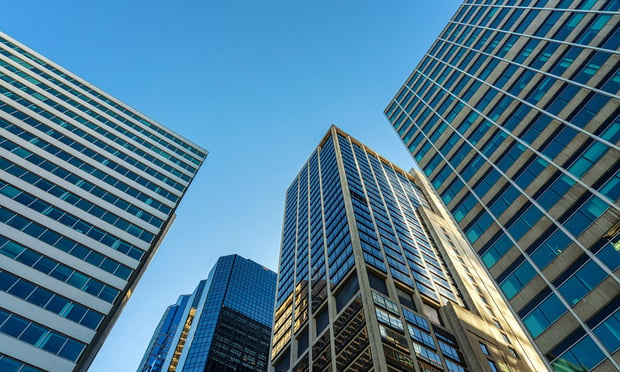"You wouldn't be getting this deal, if it wasn't for the market conditions," Orban recalls about terms of a lease agreement that included three months of rent abatement. "It's easier to hide one, two even three months rent abatement in a new building than an existing one. Some will hide concessions there because they burn off quickly."
Certainly weakened by an overall slowdown in the US economy, the market for class A office space in South Florida is shaky to say the least.
"We're on the precipice of being severely soft," Orban tells GlobeSt.com. "If we're not there, we're very close to being there."
A recently published Trammell Crow mid-year report shows, for instance, that office vacancies increased in Broward County to 16.1% from a year-end rate of 11.9%, in Miami-Dade County to 11.7% from 9.19% and in Palm Beach County to 15.73% from 13.71%.
Office vacancies are projected to increase through the remainder of the year, the report forecasts. Rents, though, are expected to stabilize on increases in new supply and net absorption.
The one submarket that particularly surprised Orban over the past six months is Miami Beach, where a supply of new and converted office space apparently overwhelmed market demand.
"It surprises me how much the Miami Beach market has deteriorated," Orban says. "We heard some informal estimates, including sublease space, that the vacancy rate could be approaching 30%."
The impact is less noticeable, however, in the primary urban markets such as the Miami Downtown Central Business and Brickell Avenue Districts.
While quality buildings in those areas are still enjoying consistent demand, Orban suspects each market is feeling the pinch from the increase in sublet space as corporations downsize in response to the weakened economy.
"Of the total vacancies, we're hearing that one-third is sublease," he says. "That's the highest I've ever seen."
The Trammell Crow research also shows the following indicators:
* In Broward, mid-year net absorption dropped to a negative 298,929 sf, compared with a positive absorption of 441,530 sf as of the year ended Dec. 31. Mid-year new supply totaled about 539,719 sf, compared with 713,389 sf at year's end.
About 1.7 million sf is under construction. Mid-year gross asking rents averaged $22.32 per sf, up from year-end estimates of $21.02.
* In Miami-Dade, mid-year net absorption totaled 238,545 sf, compared with a year-end estimate of 574,071 sf. Mid-year new supply totaled one million sf, compared with 522,843 sf at year's end.
About 1.67 million sf is under construction. Mid-year gross asking rents averaged $23.74, up from $22.36 at year's end.
* In Palm Beach, mid-year net absorption dropped to a negative 100,744 sf, compared with a positive absorption of 395,028 sf at year's end. Mid-year new supply totaled about 275,000 sf, compared with 479,396 sf at year's end.
About 303,484 sf is under construction. Mid-year gross asking rents averaged $23.51 per sf, down from $24.75 at year's end.
© 2025 ALM Global, LLC, All Rights Reserved. Request academic re-use from www.copyright.com. All other uses, submit a request to [email protected]. For more information visit Asset & Logo Licensing.







